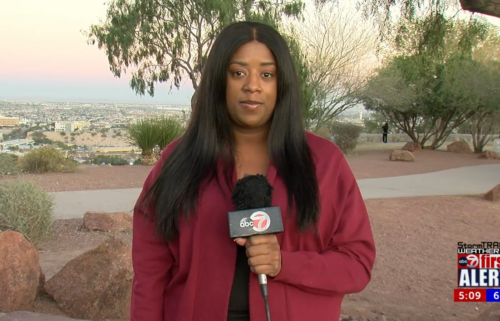Al Gore conceded on this date. Trump still hasn’t
President Donald Trump shows no signs of acknowledging reality, as he continues his hopeless journey to overturn the 2020 election results. Whether he likes it or not, it’s President-elect Joe Biden who will be president starting on January 20.
Trump’s unwillingness to concede the 2020 election has now entered historic territory. No major party candidate has gone as long after Election Day without conceding as Trump in modern American history.
Trump has now waited even longer than Al Gore did in 2000 to put aside partisan differences and admit defeat.
Gore dropped out of the race on this date in 2000. He conceded to George W. Bush and gave a conciliatory speech in front of the nation, after the Supreme Court ordered a halt to the Florida recount in a 5-4 decision.
The Court ruled against Gore just as the Safe Harbor deadline was passing for states selecting their electors to the Electoral College. (See here for an excellent discussion of what that deadline exactly entails.)
Gore saw reality and didn’t want to lead this country nor his supporters down an unnecessary and potentially dangerous rabbit hole.
This year, the Supreme Court refused to even entertain a case brought by Pennsylvania Republicans to block certification of their state’s results ahead of that same Safe Harbor deadline.
It’s part of a pattern of Trump and Republicans in support of Trump losing pretty much every court case post-election. Gore’s team actually won some prominent cases.
Indeed, it’s worth noting that Gore’s efforts had some chance of succeeding. The 2000 election was a far closer affair than the 2020 election turned out to be.
Gore needed to win one additional state to the contests that ended up in his column. Trump likely needs to flip at least three states not in his column to cause a tie in the Electoral College, which he could win in the House of Representatives. He needs four to win outright.
Bush’s margin in that one state — Florida — ended up being 537 votes, or less than a hundredth of a percentage point.
Biden’s margin in the three states that Trump would need to flip (Arizona, Georgia and Wisconsin) are all greater than 10,000 votes and 0.24 points or greater. Biden’s win in Wisconsin, for instance, is 0.63 points, or more than 60 times what Gore’s edge was in Florida. In Pennsylvania, which Trump needs to win the Electoral College outright, he lost by 1.2 points, about 80,000 votes.
A statewide recount in Georgia left Trump still more than 10,000 votes short of victory. A partial recount recount in Wisconsin actually widened Biden’s advantage in that state.
The only candidate who was in a similar electoral position as Trump over the last century was Thomas Dewey in 1948.
Dewey lost the popular vote by 4.5 points. The same margin as Trump. He needed to change the outcome in three states to win the election. The margin in those three states was less than a point.
When did Dewey decide to throw in the towel? The day after the election.
Dewey was unremarkable in this way. In only the closest of close elections do candidates wait to drop out once it’s clear what the initial count of the votes will show.
At the end of the day, of course, Trump’s maneuvers don’t change the outcome of the 2020 election.
He still has no realistic path to a second term, whether he acknowledges it publicly or not.




